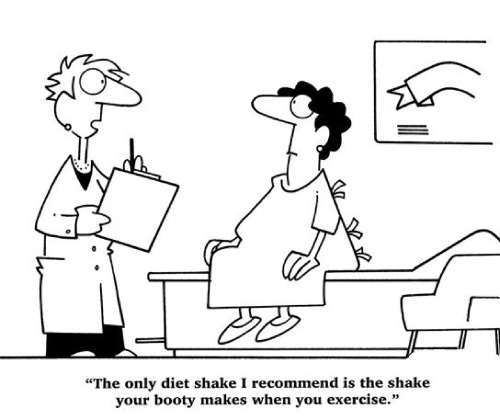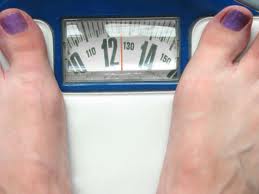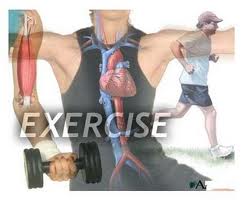
GUEST POST

David Haas is a contributing writer to the Mesothelioma Cancer Alliance Blog. In this Guest Post, he writes about how important exercise can be for people who are living with cancer:
By David Haas
Successful Cancer Intervention Includes Exercise
When going through cancer, finding the motivation to make the right choices about health and nutrition can be rough. Feeling exhausted and depressed can drain the energy you need to integrate exercise and a healthy diet into your life. Studies show that regular physical activity can improve energy levels, reduce the side effects of treatment, and give you more independence. When your well-being is sagging, it’s difficult to focus on what’s best.
Fighting cancer takes strong will and determination. It requires you to take a hard look at your daily habits and current lifestyle and then to make changes that will improve your chances to survive. That isn’t easy; nothing about cancer is easy. Although your body might feel weakened, exercise increases both stamina and strength.
In a study carried out by the Stanford Prevention Research Center, 400 cancer patients participated in an exercise tracking process that measured physical improvement. The computerized tracking device called FitLinxx allowed researchers to receive instant feedback on a variety of factors such as the number of reps involved and the participant’s position.
In addition to the positive physical changes of improved strength and flexibility, study participants reported improvements in their stress level, mood, vitality and fatigue. Exercise literally made them feel better. The majority of the participants had breast cancer, but those going through colon, prostate, ovarian, lymphoma, lung and other cancers were also included. That points to exercise as being a beneficial component of a successful fight against cancer including aggressive conditions such as pancreas and mesothelioma cancer.
Increase Activity Level Early
An active lifestyle is important for everyone. It helps to reduce the risk factors that lead to cancer, improves the quality of life for those going through therapy programs, and helps to increase the chances that cancer won’t return. Exercise improves the body’s immune system function and can help decrease body fat through improving insulin resistance and lowering inflammation markers. It can smooth out unbalanced hormone levels and improve musculoskeletal weakness.
Early intervention is a key factor in preventing the problems that can result as muscles weaken. It’s easier to maintain endurance, strength and range of motion than it is to regain it. Even so, it’s never too late to begin increasing your activity level. In fact, it’s recommended that you begin upping your exercise as soon as you receive your cancer diagnosis to physically prepare you for treatment.
Exercise works to improve your metabolism, normalize appetite, and helps your body to detox from drug by-products. It relieves the tension that therapy places on the body and gives you an emotional boost to help cope with treatment side effects. Overall, increased activity and exercise encourages healing, and healing is what it takes to survive.

Overcoming Fatigue
When it comes to gaining motivation, the fatigue that comes from cancer treatments can work against you. The ups and downs affect your psychological well-being and provide excuses to remain inactive. The degree and consistency of these exhaustion patterns depends on the type of treatment you’re going through, but overcoming the problem is universal.
Although reaching for a handful of supplements that promise to boost your energy might be your first instinct, exercise is best. It gives your body cells more energy and helps to circulate oxygen. Exercise also encourages the brain to release stress hormones that can leave you feeling energized. Also, don’t forget to drink plenty of water. If your body isn’t adequately hydrated, the major symptom of dehydration is fatigue.
Exercise is Something You Can Control
Cancer is not a lonely disease. Research indicates that about 40 percent of the world’s population will develop cancer at some point in their life. That makes it an important topic to learn about and discuss. Knowledge brings power. That power can change your life for the better and have a very real effect on the outcome of your prevention, diagnosis, and survival. According to Murray University, a greater majority of cancer deaths are related to negative lifestyle factors such as smoking, diet, and inactivity. These negative factors play a heavy role in producing fatigue. While fatigue can quickly interfere with your motivation to exercise, unlike cancer itself, diet and exercise are things you can control.
David Haas is a cancer support group and awareness program advocate at the Mesothelioma Cancer Alliance. In addition to researching the many valuable programs available to the people who visit the MCA’s website, David often blogs about programs and campaigns underway at the MCA, as well as creative fitness ideas for those dealing with cancer, while creating relationships with similar organizations.









